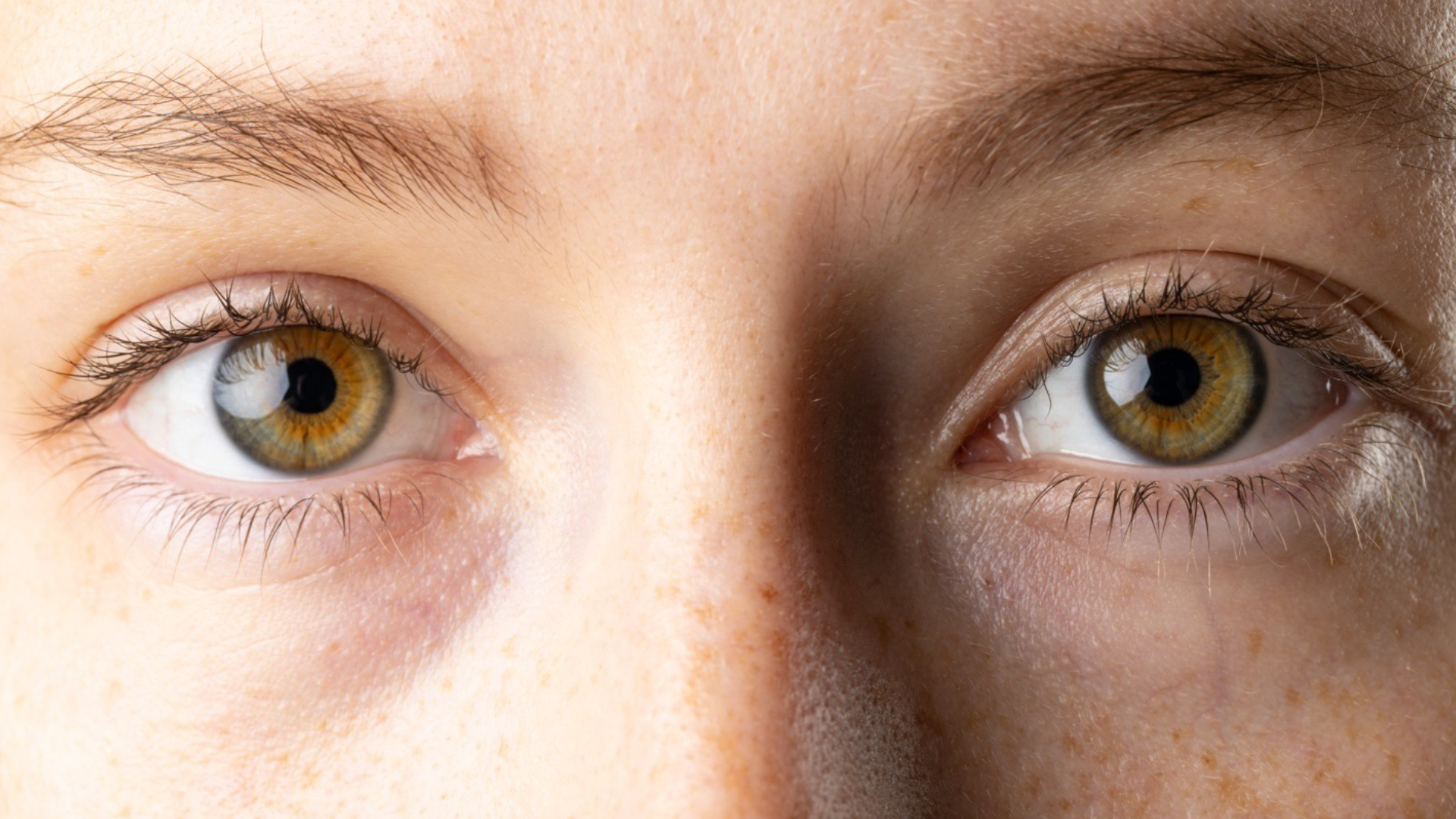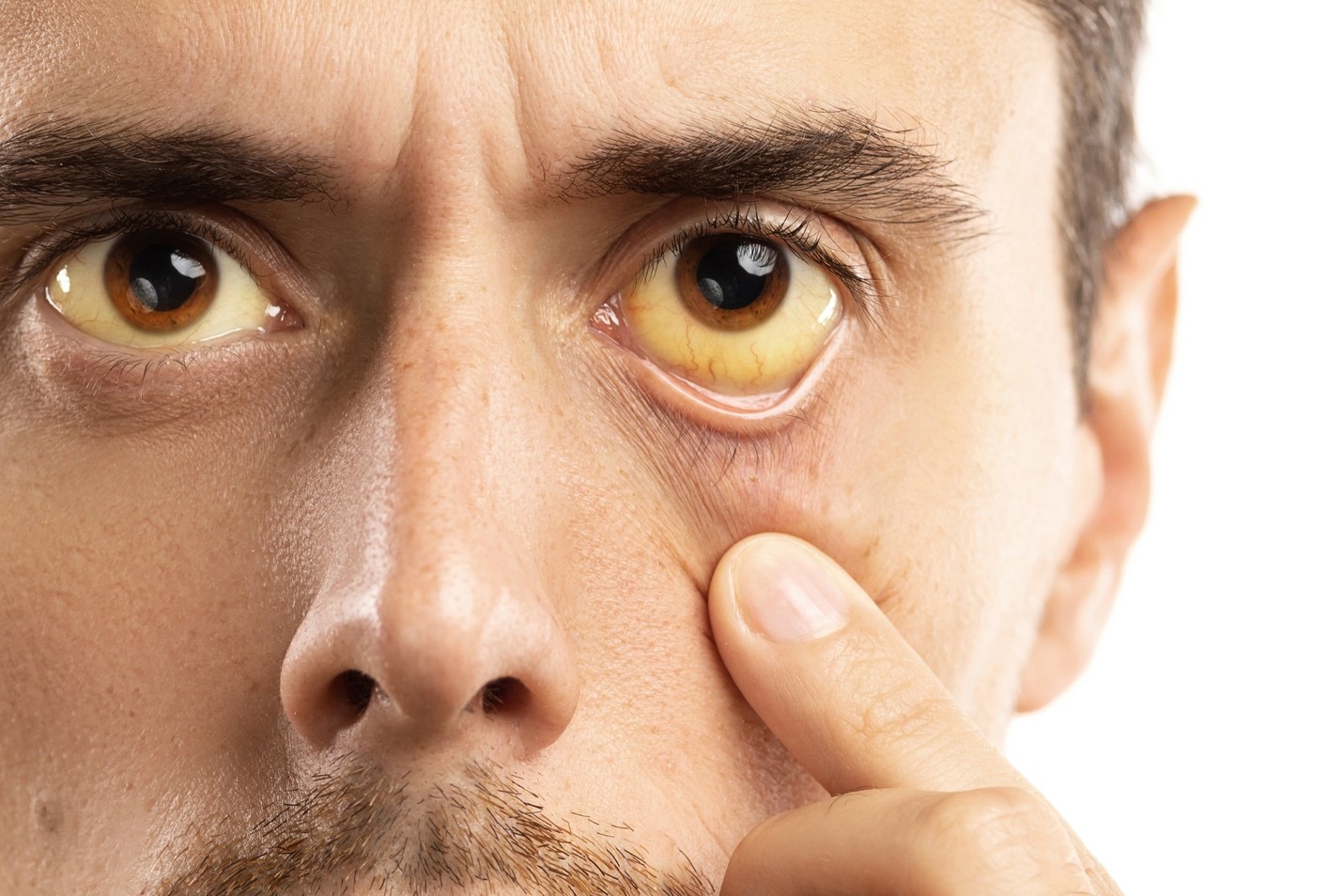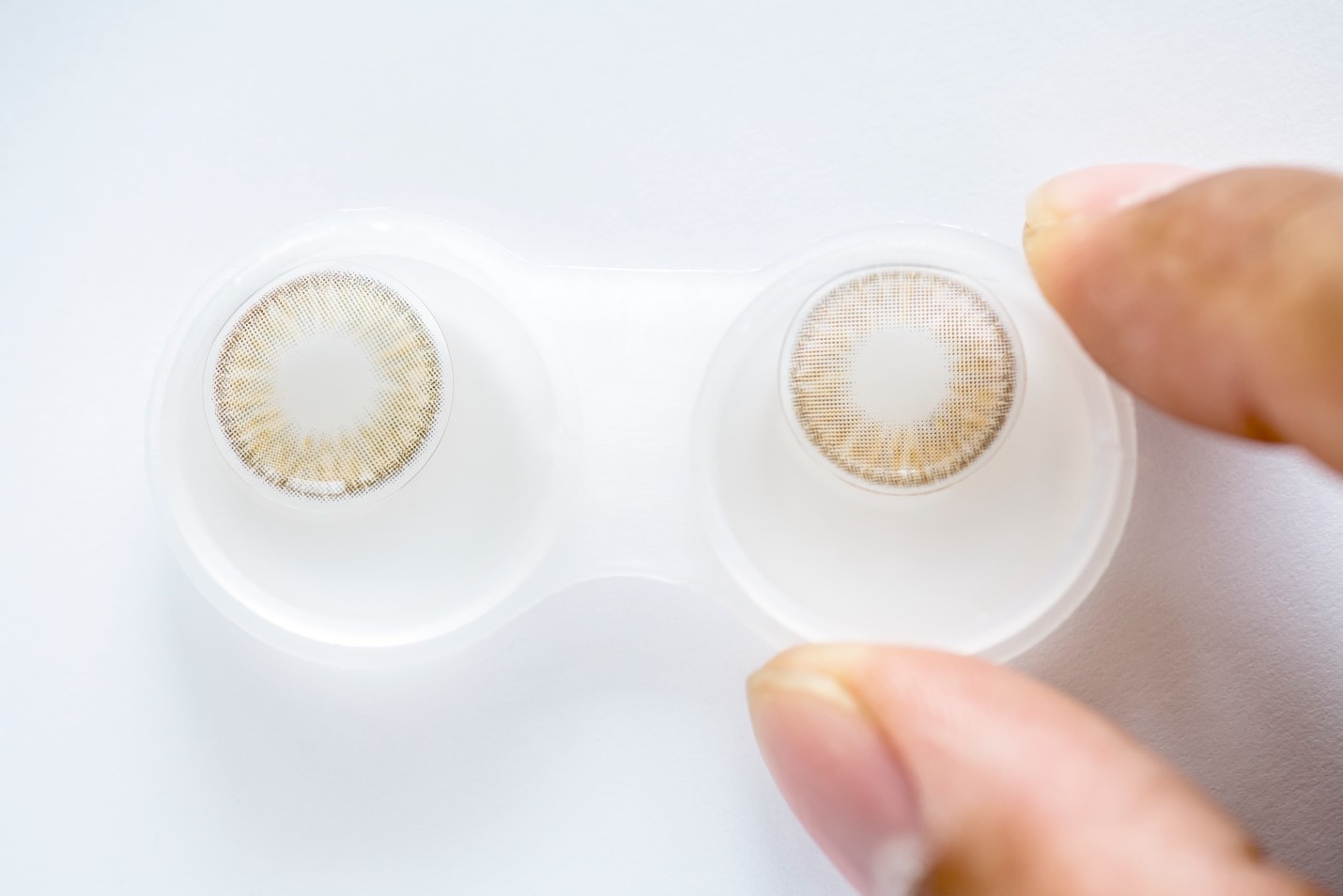
Can Eye Color Really Reveal Disease?
The age-old saying that "the eyes are the windows to the soul" holds more truth in the medical field than one might think. According to Assistant Professor Dr. Wadakarn Wuthisiri from the Pediatric Ophthalmology Faculty at Ramathibodi Hospital, Mahidol University, the eyes can indeed reveal hidden diseases. Changes in eye color can indicate underlying health issues. But which of these beliefs hold true?
The age-old saying that "the eyes are the windows to the soul" holds more truth in the medical field than one might think. According to Assistant Professor Dr. Wadakarn Wuthisiri from the Pediatric Ophthalmology Faculty at Ramathibodi Hospital, Mahidol University, the eyes can indeed reveal hidden diseases. Changes in eye color can indicate underlying health issues. But which of these beliefs hold true?
The Function of the Eyes The primary function of the eyes is to convert light into electrical signals, which are then transmitted to the brain. The brain interprets these signals into the images we see.
Why Do People Have Different Eye Colors? Eye color is largely determined by race and the type and amount of melanin pigment. For instance, Asian individuals generally have black hair, dark skin, and brown eyes. In contrast, individuals from other races may have green, blue, or gray eyes due to lower melanin levels.
Can Eye Color Indicate Disease? Even among Asian populations with typically darker melanin pigments, some individuals may have lighter-colored irises. This could signify conditions such as ocular albinism, Waardenburg syndrome, or inflammatory diseases affecting the iris. Additionally, the color of the sclera (the white part of the eye) can indicate diseases like jaundice.
4 Beliefs: Can Eye Color Really Reveal Disease?
Myth 1: Yellow eyes indicate liver disease or jaundice. True. Liver problems and jaundice prevent the liver from eliminating bilirubin, causing the substance to spread throughout the body, including the eyes, turning them yellow.

Myth 2: Green eyes indicate glaucoma and retinal disease. False. While glaucoma can cause increased eye pressure and corneal swelling, it does not change the eye color to green.
Myth 3: White eyes indicate cataracts. Partially True. Advanced cataracts can turn the pupil white, but early-stage cataracts may not be visible.
Myth 4: Red eyes indicate conjunctivitis. True. Red eyes can be a symptom of conjunctivitis, which may be caused by infections, allergies, or inflammation.
Symptoms of Eye Abnormalities Not to Overlook:
-
Double Vision, Squinting, Strabismus: Could indicate brain disease. If double vision disappears when one eye is closed, it may be due to cranial nerve abnormalities.
-
Acute Decrease in Vision or Blurred Vision: Could be caused by sudden artery blockage in the eye. Seek medical attention within 90 minutes.
-
Drooping Eyelids: Can interfere with vision and may be due to nerve issues or tumors.
-
Dark Circles: May be caused by poor lymph circulation, not just lack of sleep.
Instructions for Self-Eye Examination A simple method to check your vision is to alternately close one eye at a time upon waking to see if your vision remains clear in both eyes.

Wearing Colored Contact Lenses: Risk of Eye Infection Wearing color contact lenses for aesthetic purposes can lead to infections and blindness if not used properly. It is recommended to wear contact lenses only for vision correction and maintain proper hygiene.
Conclusion The eyes are crucial organs that require regular monitoring. Observing any abnormalities and consulting an ophthalmologist promptly can help maintain good eye health well into old age.
Information from: RAMA CHANNEL ขับเคลื่อนสังคมไทยให้สุขภาพดี
Articles in this category are written by our editorial team to keep you informed about the latest healthcare and medical tourism news.

